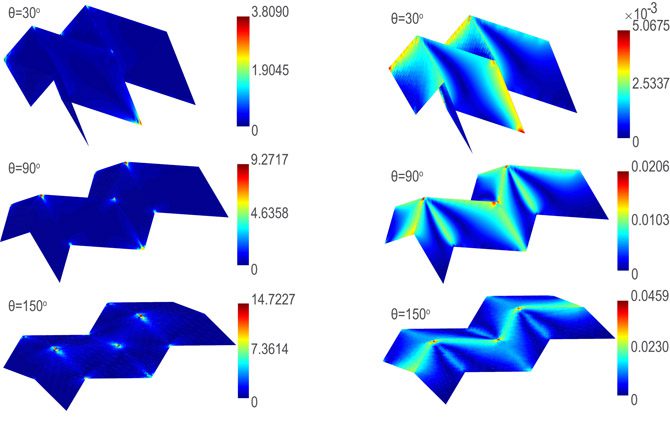The Role of Computational Modelling and Simulation in Structural Engineering
The reliance of structural engineering on computational modelling and simulation has increased. These instruments allow engineers to precisely analyze and design structures while minimizing costs and time. Here are several fundamental aspects of the role of computational modelling and simulation in structural engineering:
Design and Analysis: Using computational modelling and simulation, structures are designed and analysed. Engineers can predict how a structure will behave under varying stresses and environmental conditions by using these models.
Optimization: Tools for computational modelling and simulation can be used to optimize designs. They can aid engineers in determining the safest and most cost-effective design alternatives.
Visualization: Tools for computational modelling and simulation provide engineers with visual representations of the structure. This enables them to comprehend the behavior of the structure and make informed design decisions.
Performance monitoring:Monitoring the Time-Based Performance of Structures In addition to monitoring the performance of structures over time, modelling and simulation tools can also be used to monitor their performance over time. This allows engineers to recognize potential issues anterior to their escalation.
Risk Assessment: Computational modelling and simulation techniques are utilized to evaluate the risk posed by various design alternatives. They can help engineers identify potential safety hazards and create mitigation strategies.
Collaboration Across Disciplines: In interdisciplinary collaboration, structural engineers, architects, and other professionals frequently utilize computational modelling and simulation tools. This makes it possible to incorporate multiple design elements into a single model.
Interdisciplinary collaboration: Structural engineering has been revolutionized by computational modelling and simulation, allowing engineers to design safer, more efficient, and more cost-effective structures. Using these tools, engineers can optimize designs, monitor performance, and identify potential safety hazards, ensuring that structures are safe, dependable, and long-lasting.
Disclaimer: This content is provided solely for your review. Erusu Consultants takes no liability for this article. The reader is advised to form their own opinion. Please consult a structural engineer before making any final decisions.






